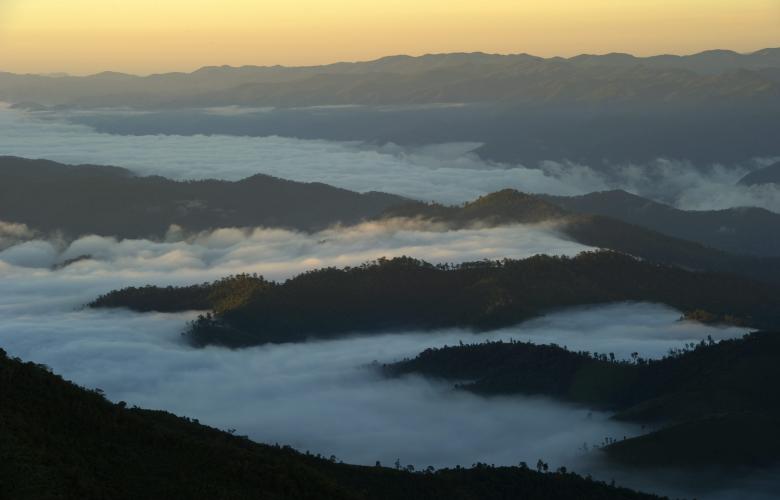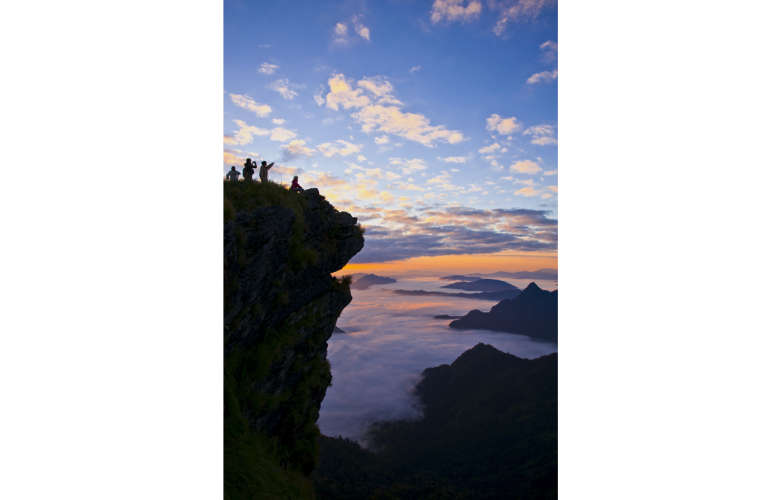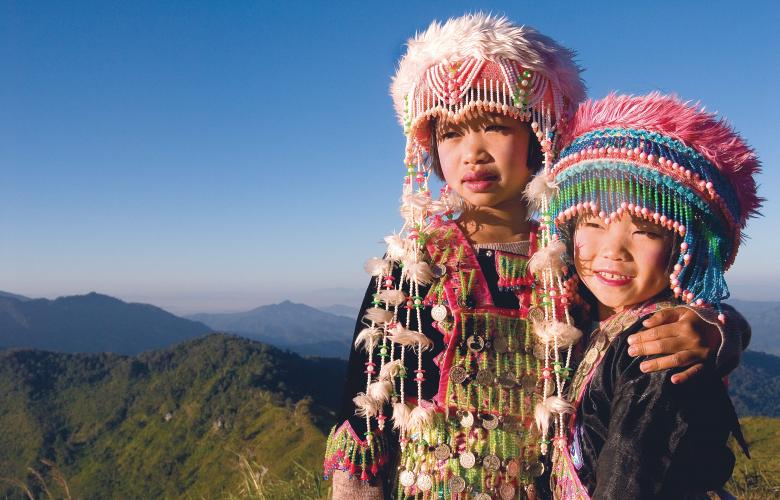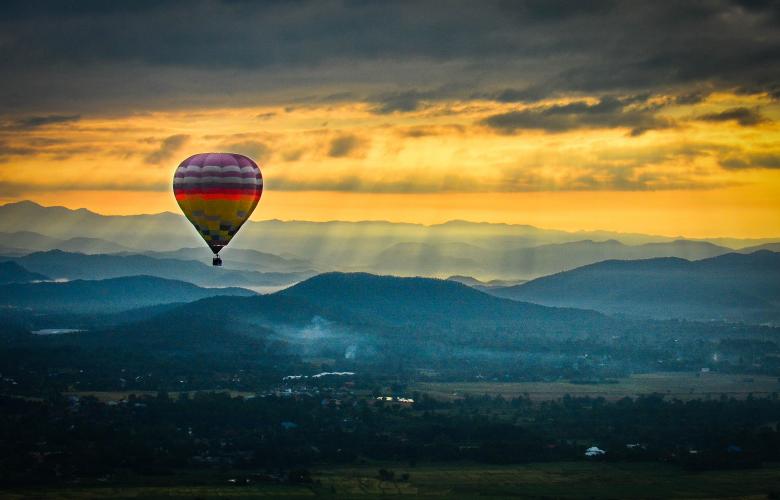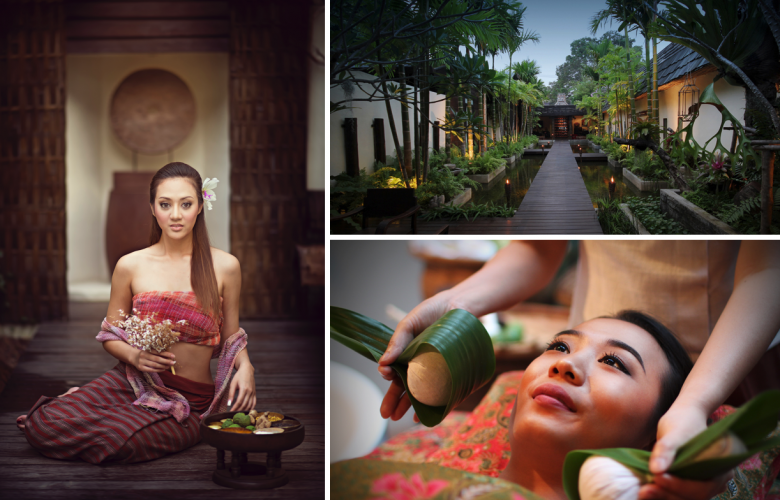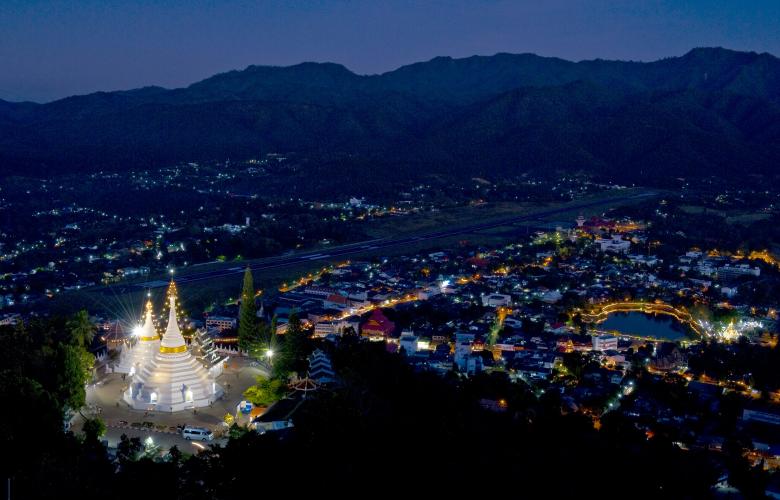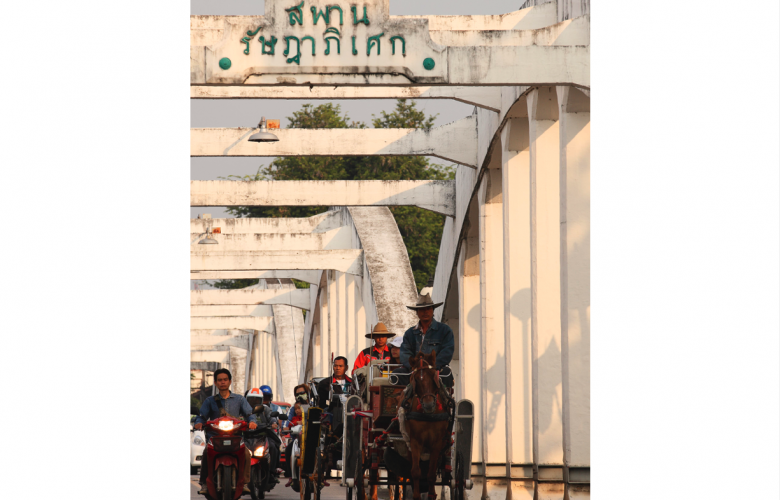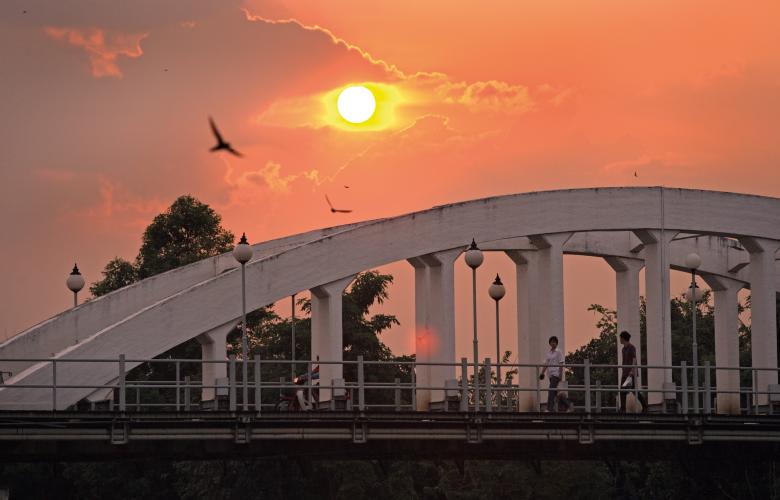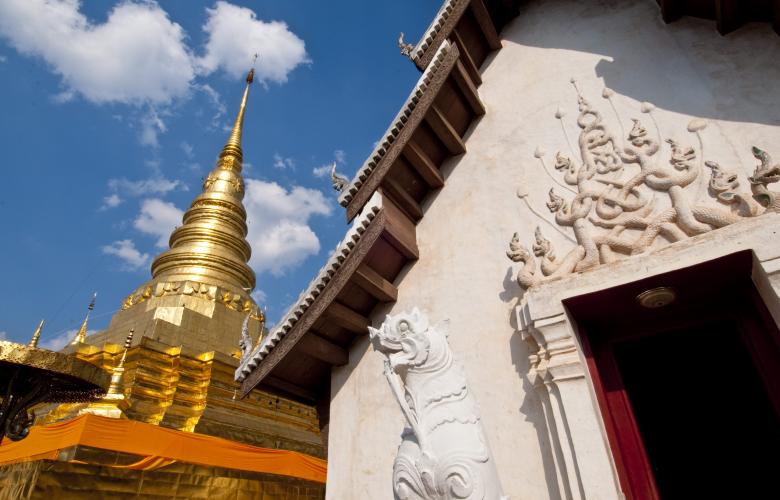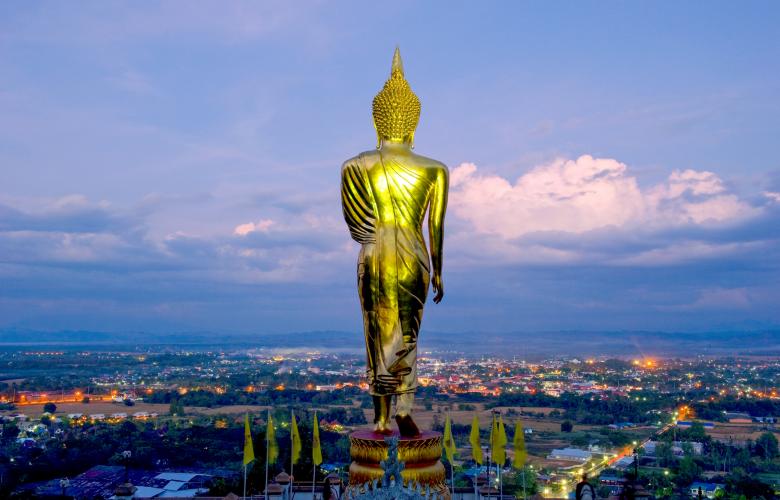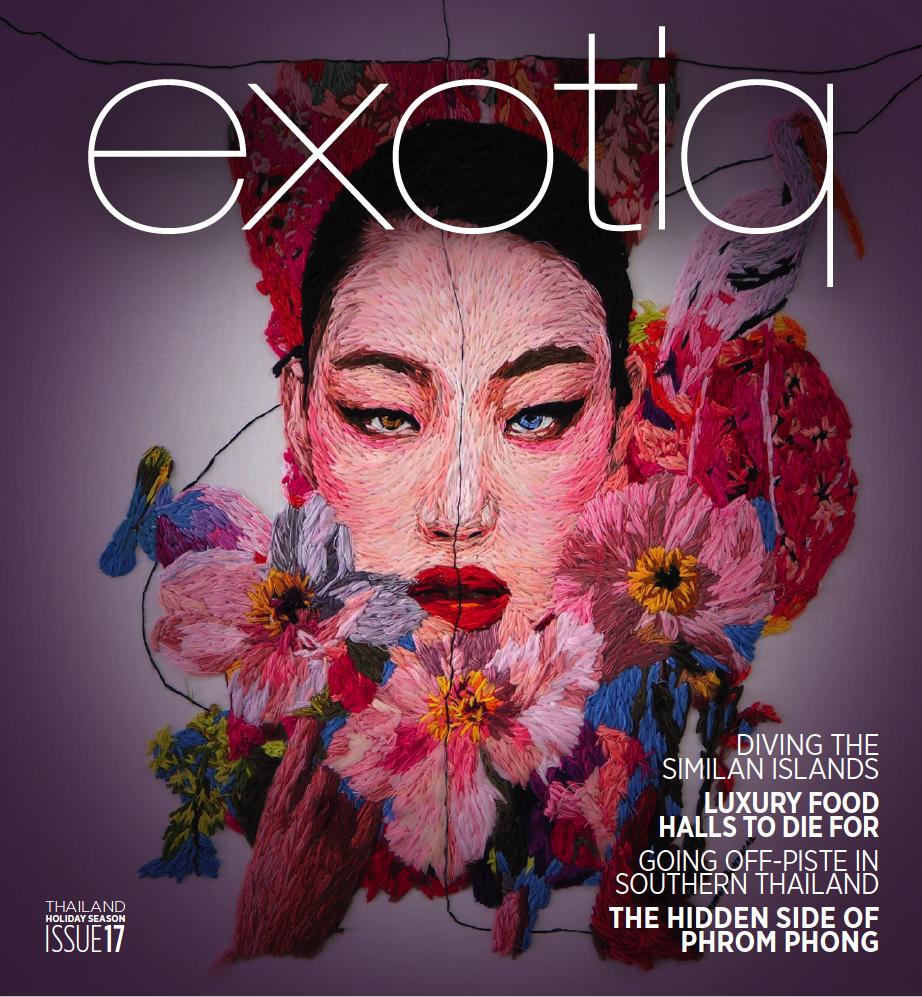Rolling hills, misty mountains, lush green forests and teeming nature make up the physical side of northern Thailand; a patchwork of provinces that’s a melting pot of the country’s rich provenance.
The ancient temples of Chiang Mai and Sukhothai’s historical sites are literally the birthplace of the Thai civilization, going right back to 1015 when invaders forced a Thai prince out of Chiang Saen and the Golden Triangle.
He moved his court to Kampangphet, a city that then merged with the Thai Sukhothai kingdom fighting the Angkor kings for control of the plains that were a defence against Burmese invasion.
From all that strife, the first historical Thai nations of Lanna, centred at Chiang Mai, and Sukhothai, were formed.
But despite this decisive role in shaping modern Thailand, the northern region remains somewhat at odds with the rest of the country, with its heavy influences from neighbouring cultures of Myanmar and Chinese Yunnan.
This is seen most prominently in the region’s ethnic mix, and especially its hill tribes. There are seven main hill tribe groups - Akha, Lisu, Lahu, Yao, Hmong, Karen and Lawa - who migrated from neighbouring China, Tibet and Myanmar to these rural highlands, where they maintain a traditional farming way of life.
And most residents of northern Thailand speak their own dialect of Thai called Kham Meaung- although standard Thai is widely understood – with hill tribes speaking their own languages.
Another offbeat aspect here that keeps northern Thailand’s heritage alive is the curious rounded lettering in signs at some temples.
This is Lanna, the ancient script of the Lanna kingdom, which hardly anyone nowadays can read or write. Despite that, it’s still popular in ceremonies and is a tangible link to the region’s history.
The food here can also be different to that eaten elsewhere in the country, with locals preferring sticky rice over steamed, bitter flavours to hot ones, and avoiding cooking with coconut milk.
Pork is the favourite meat, used in a variety of cooked or fermented sausages. A traditional way of eating northern food is at a low round table known as a Khan Tok, laden with different dishes.
As you’d expect in a region surrounded by some of the country’s tallest mountains, it’s also cooler than the rest of usually sweltering Thailand. Up in the mountains temperatures sometimes dip below freezing, and on the plains, it’s rarely less than a comfortable 25 degrees Centigrade.
Chiang Mai is the main access point for visitors to northern Thailand, with flight connections throughout Thailand and a number of international links. This historic former capital of the Lanna kingdom is now a modern city, on a par with Bangkok.
Once there, the many choices of provinces and their individual charms include:
BORDERING ON THE SPECTACULAR
Chiang Rai, tucked away in the northernmost corner of Thailand, is a spectacularly scenic region of tumbling mountains, rushing rivers and wild jungle that positively oozes natural appeal.
It may seem compressed by its surroundings – it borders Myanmar in the north, Phayao Province in the south, Laos in the east and Chiang Mai Province in the west – but there’s much to explore in this hideaway jewel that opens up to visitors seeking genuine adventures.
The best time to visit is in the cool season (October-February) when perfect weather conditions give incredible views across unsullied landscapes from the soaring mountaintops.
The local population of people from various ethnic backgrounds including the hill tribes and those of Chinese lineage give Chiang Rai a colourful legacy of traditional dress and culture, with occasional cultural shows staged by hill tribes.
Mai Sai Market is a major draw and there’s an option of skipping across the border to visit Tha Khee Lek Market in Myanmar, although a visa in advance is required.
A boat cruise on the mighty Kok River is also an attraction, depending on river conditions.
LOVE IS IN THE AIR
If you have the urge to pop the question in mid-air, there’s probably a no more memorable place to do it than floating high above Chiang Mai’s stunning landscape at sunrise, aboard the swaying gondola of a hot air balloon.
These romantic flights for couples – which come gently back to earth with Champagne toast on landing, followed by a special couple’s Honeymoon Spa Package at award-winning Fah Lanna Spa – are a unique way of marking a special occasion while soaking up unforgettable bird’s-eye views of this mountainous province.
Also available for a variety of other occasions such as birthdays, anniversaries or honeymoons, these early morning hot air balloon flights offer breath-taking vistas of Chiang Mai, with highlights such as Mae Ping River and some of the historic temples that dot the landscape, pointed out by the English-speaking pilot.
Flights for marriage proposals can be planned secretly in advance for a mid-air surprise that really will make a memory for a lifetime.
The four-hour Fah Lanna Spa Honeymoon Spa Package is pretty unforgettable too – with herbal steam, exfoliating body scrub, Fah Lanna Royal Bath, aromatherapy oil massage and facial treatment.
MISTY MOUNTAINS, FORESTS AND FLOWERS
It’s the most mountainous and forested province in Thailand and – probably due to those features – the most sparsely populated.
This remote sliver of land at the topmost western corner of Thailand presses against the Myanmar border and is hemmed in by soaring mountain ranges and lush valleys of forests and flowers.
Covered in mist almost year-round, Mae Hong Song is known as The City of Three Mists, but despite this foreboding image it has a unique cultural identity and is home to one of Thailand’s most picturesque cities, also called Mae Hong Song.
First established in the early 19th century as an elephant training camp by the then King of Chiang Mai, Mae Hong Song city lies in a valley and is a popular jumping-off point for visitors trekking in the
surrounding mountains and visiting hill tribes - more than 60 percent of this province’s population consists of hill tribes.
Nearby is Pang Ung, one of the provinces’ best-known hill communities that’s home to the Shan ethnic minority. However, you can’t just walk into Pang Ung. If you want to visit or stay there, you must get permission from the Folk Arts & Craft Centre in Mae Hong Song beforehand.
SCENIC HORSEPOWER
Lampang, called Mueang Rot Ma in Thai - Horse Carriage City - lives up to its name, with horse-drawn transportation still in regular use on its streets. Whether because of this rustic symbol of bygone eras or
not, many Thais consider Lampang as the last paradise in Thailand.
It’s the capital of Lampang Province and lies in the valley of the Wang River, about 100 kilometres southeast of Chiang Mai. Historically a major city in the Lanna kingdom, it was overshadowed by Chiang Mai and Chiang Rai, but became a centre of timber logging and also ceramic production – for which it’s still well known.
The origins of its horse-drawn carriages are shrouded in mystery, with one account attributing them to the Portuguese and Macau, but the general consensus has it that they’re a relic of the timber industry.
The city’s Ratsadapisek bridge across the Wang River in the old town may seem inconsequential now, but when built in 1894 it was supposedly the longest bridge in Thailand.
Much further back in local history, and a little bit outside of town, is the famous 1,000 years-old Wat Phra That Lampang Luang that’s well worth a visit to soak up its ancient culture.
STEEPED IN HISTORY
Little-known Nan is a treasure trove of ancient history, its turbulent past featuring almost all the players in the creation of the Thai kingdom at one time or another.
The province, bordering Laos on the eastern edge of northern Thailand, was a separate autonomous kingdom for centuries, and more or less cut off from the outside world.
Later involved with Sukhothai and the Lanna kingdom, then controlled by the Burmese, Nan eventually became under the dominion of Bangkok in the 1930s, but only after part of its territory had been annexed to Laos.
Parts of the old city wall and several early temples dating from the Lanna period can be seen in modern Nan.
These temples are distinctive - some structures show Lanna influence, some belong to the Thai Lue legacy brought from Xishuangbanna in China, where the Thai Lue people originated. Wat Phumin is the main attraction, with stunning wall paintings depicting the lives of the local populace.
Coming bang up to date, restaurants lining the banks of the Nan River offer cuisine and sublime views, but history is a constant presence, with the standing Buddha of Wat Phra That Khao Noi keeping silent watch over the city.
Source: tourismthailand.org

